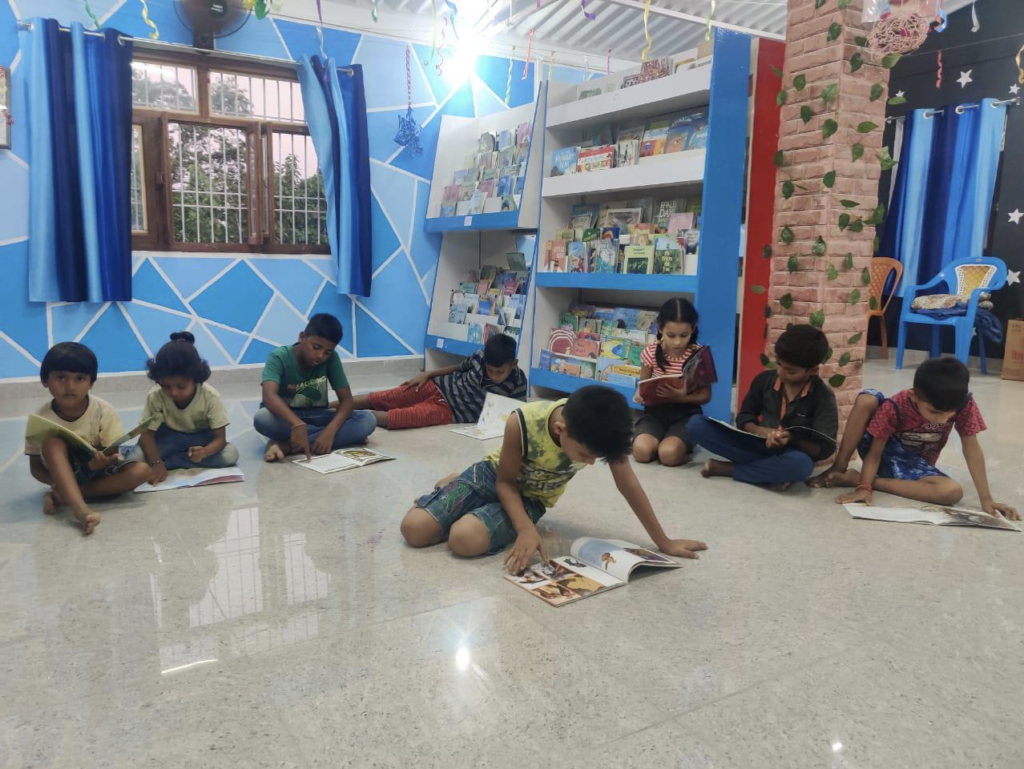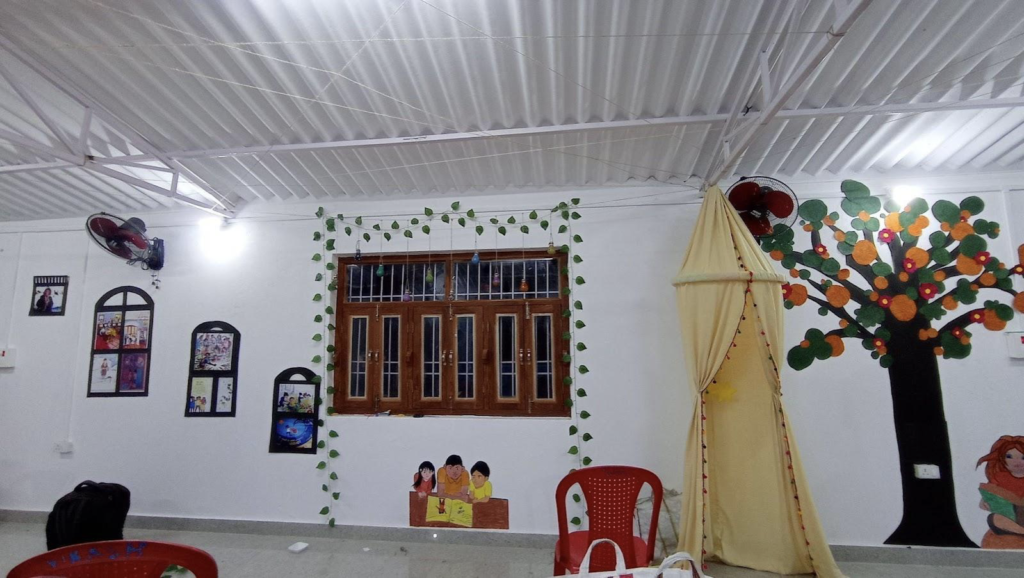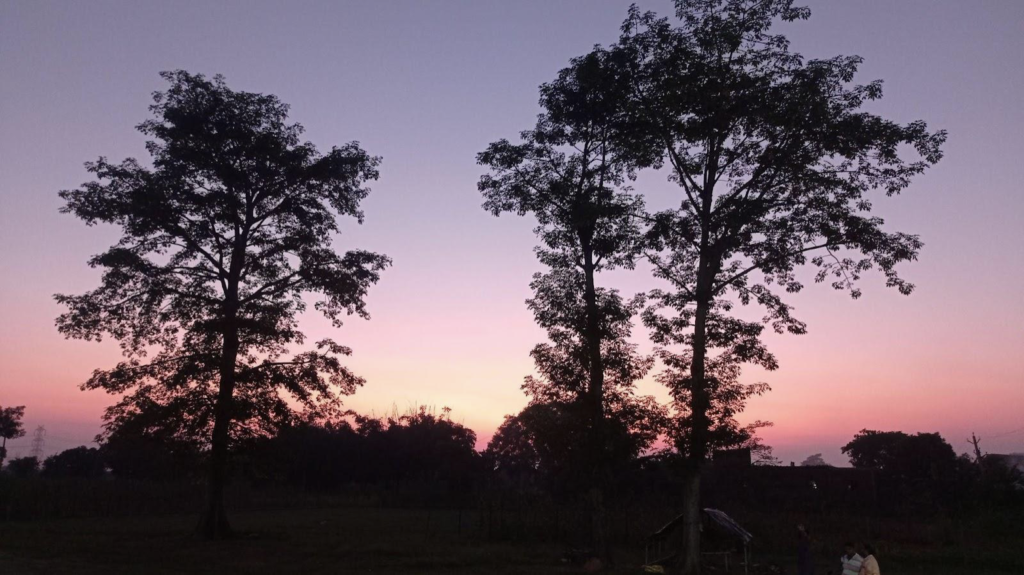A handful of shared sand represents the handful of choices we have and how they are sometimes made for us or passed down to us.
Every time I think about choices, I frequently wonder what they actually mean and signify? My thoughts go back to all the times I’ve had to make a choice and how I perceived it. Sometimes, other people made choices for me. For example, where I lived, what school I attended, what I ate in my intial years and many more situations over which I had little control. It was fate, and mostly my parents, who chose most of these things for me. My school was 15 minutes away from my home. My mother would wake us up every morning, dress us, and accompany my two older sisters and me to school. Similarly, my parents largely determined the information and people I met. The remainder is a product of my upbringing and the environment surrounding me.
I made a number of other decisions as I grew older. For instance, who to hang out with, what to wear, what to eat. Then how to think and act, what to believe in, my interests, likes and dislikes, and so on. These decisions shaped me in various ways. The decisions I made significantly influenced my essential values and beliefs. Plus, my capacity for independent judgment in both personal and professional contexts, the risks I took, how I handled my emotions, and the flow and direction of my life.
When I consider who we are, I frequently come to the realization that the majority of our behaviors are the result of the choices we make and our response to those choices. The decisions we make during each day have an impact on both us and the people around us. This could be direct or indirect. I will try to understand and explore these observations and thoughts by relating them to my experience with children at the Professional Alliance for Youth’s Growth (PRAYOG). I began this intriguing journey at the end of August 2022.
About PRAYOG
PRAYOG works with children and young adults on library education by running children’s libraries. It provides them access to diverse books, and introducing different engagement activities. We do this through various library education sessions in around 7 community sites and 18 government schools in Gopalganj, Bihar. We aim to nurture a different childhood experience where children will be able to understand freedom of choice and gain exposure. This can be done through diversity and openness to learning in a constructive way. I have spent most of my work time around the kids when I am in villages.
We are a small team of 5. We divide ourselves into two groups and start our day by visiting 2 government schools each. There, we conduct sessions there in the first half of the day. In the second half, all of us visit the community site together. Here, we engage with kids through various activities and lending books according to different age groups.


PRAYOG’s Work
We work with a diverse group of children from different age groups. They are also from multiple socio-economic backgrounds, castes, classes, gender, and religion. Therefore, all of them add different elements to the library space drawing it closer to the essence of how it can be*. Among many things that are distinct in children that we meet, I observed some things which were similar:
- Curiosity, enthusiasm, and openness to exploring
- Desire to be heard and to be able to decide and choose for themselves
- Need of encouragement, appreciation, love and acceptance
I think about what could be the possible reasons behind these similarities despite so many differences. This is in terms of behavior, thinking, personality, actions, etc. among these kids. I try to recall my verbal and nonverbal interactions with them. Multiple images from the field areas flood my vision.
Also read: The Penalty For Choosing Our Schools
Whenever we visit, the children start racing toward us with excitement. Majority of them expressed a desire for me to participate in their group or sit next to them during sessions. I interact with them during playtime, through one-on-one conversations, by hearing stories of their lives, and body language. Some of my prominent observations include:
- Children understand the language of love and get drawn towards it
- There may be a strong sense of scarcity and a perception that there are fewer options for these children who are from similar social and economic backgrounds. They share experiences that are alike probably as a result of their living arrangements and families. It may prompt them to look for ways to venture further from home
- Children are voracious learners. They hold a lot of curiosity within them as they try to explore and understand the world around them. The lack of safe and open spaces or avenues to express themselves adds more to the desire of being heard
- Coming from such rural social setups where less attention is paid to the freedom of choice, and the importance of decision-making, these children desire to look for places which feel empowering
Children’s desire to belong, be heard, be loved, and make choices for themselves can be connected to the concept introduced by Abraham Maslow’s psychological theory of motivation. It includes a five-tier model on the Hierarchy of Needs. The needs are physiological (food and clothes), safety (work security), love and belonging needs (friendship), esteem, and self-actualization. Maslow defines self-actualization as the aspiration to “become everything that one is capable of becoming” by making the best use of one’s capabilities. Everyone has the ability to go up the ladder and achieve self-actualization. Unfortunately, when basic needs are unsatisfied, progress comes to a halt. Depending on their life circumstances, such as traumatic childhood experiences, choice limitations, and other sorts of discomfort, people may move up and down the hierarchy.
Reading books gives readers the chance to reflect, ponder, and see the world from a number of angles. Additionally, they might serve as mirrors that enable readers to comprehend and relate to their own situations and experiences. Therefore, having access to library spaces that encourage kids to develop their knowledge of themselves and the world around them can greatly improve their chances of having a brighter future.
PRAYOG aspires to establish such an environment for children where they can develop their full potential through reading, diversity, and interactions, among other things. Also to bridge the gap between children and the choice available to them by providing a platform for them:- to choose, learn, gather knowledge and experiences, decide and express themselves by providing access to the diversity of thoughts, opinions, people, and their lives, experiences, perspectives, learning, emotions, stories, information, and the world out there trough books of different genres from around the globe. Maslow examines how a person’s whole physical, emotional, social, and intellectual traits affect their capacity to learn.

To ensure this, Prayog works in the following ways:
- Designing library spaces to reflect openness, inclusion, diversity, choices, and interaction that encourages children to build a sense of ownership and participate in the library education processes
- Designing engagement activities and sessions thoughtfully to engage children with books
- Selecting books through a rigorous process to ensure the quality of content and context along with diversity and learning outcomes (add book curation poster)
- Perfomring different kinds of activities with the children to nudge their imagination, creativity, and understanding of the books. For example, read aloud, character alive, quizzes, guided drawing, story making, story enactment, browsing games, and much more
- Labeling and coding the books by different colors representing various age groups. Then, displaying these books for the children to choose and borrow any book they desire.
- Emphasizing children’s sense of ownership so that the library can serve as a place where they feel included and heard
- To make library education more participatory and feasible, library educators lead all sessions in an inclusive manner. Therefore, holding discussions and one-on-one conversations is common.
- Providing constant access to books that can take us back in time or to entirely different lands. They have the ability to connect us with people we might never otherwise meet. They can make us smile or they can make us cry or do both and understand one’s emotions

A big part of library education revolves around providing the children with choices, starting from a space of openness where they can choose to come, say, and express themselves, and choose to create and curate their own way and style of learning through books.
Reading also provides access to enhancing one’s allure, practicability, social intelligence, empathy, and emotional intelligence. Giving someone a choice is one of the most popular methods for making them feel empowered since it gives them the ability to make their own decisions.
We should not ignore the fact that there may be a number of underlying elements that could affect how a choice will have an impact. Particularly, cultural background and socioeconomic condition of the choice maker. However, what is universal is that making choices gives one a sense of empowerment, which can serve as the foundation for self-growth.
It is crucial to realize that the children using the library may be exercising their choices in a controlled manner. When we make a decision, it may not be what we really want. Instead, a number of underlying elements may influence it including the person’s thinking, exposure to certain things, emotions, comfort level, family, society, past experiences, memories, beliefs, and circumstances. Reading into these layers is incredibly crucial in order to serve the needs of these children, as it can enhance their prospects for development and progress. Prayog strives to introduce the chance of having access to choices, which can induce a sense of empowerment. And having access to good books can play a significant role.
After coming to Prayog, and getting exposed to its work, vision, mission, and goals – interacting with the children, spending time with the teams, and the pleasure of seeing the smiling faces of these children every time they chose a new book for themselves made me realize how deeply I want something like this to have been there back at my hometown in Kashmir while I was growing up as a child.
How, in the midst of all the conflict, not just political, but a much more complex conflict that accompanies it – conflict of so many, emotions, thoughts, learning, and the conflict inside. How I and thousands of children like me would have reaped huge benefits from spaces or initiatives even somewhat closer to what Prayog is and does.
Who knows what could have impacted us—maybe reading just one line or a page, a book, or anything else at some point in time—and how it would have inspired us? No one can make a guess. It might have influenced how I and many other children experienced the world and its diversity, our exposure, who or what we might have become, and how we might have made different decisions. In conclusion, this lens to see children’s libraries from a new perspective is something I would have never discovered had I not come to India Fellow and Prayog.

References:
- *To explore more vibrant libraries read Usha Mukund’s article about vibrant library spaces
- Your Brain Is (Almost) Perfect: How We Make Decisions By Read Montague
- Mathes, E. W. (2016). Maslow’s Hierarchy of Needs as a Guide for Living. Journal of Humanistic Psychology.
- Chua, Roy & Iyengar, Sheena. (2006). Empowerment through Choice? A Critical Analysis of the Effects of Choice in Organizations



0 Comments